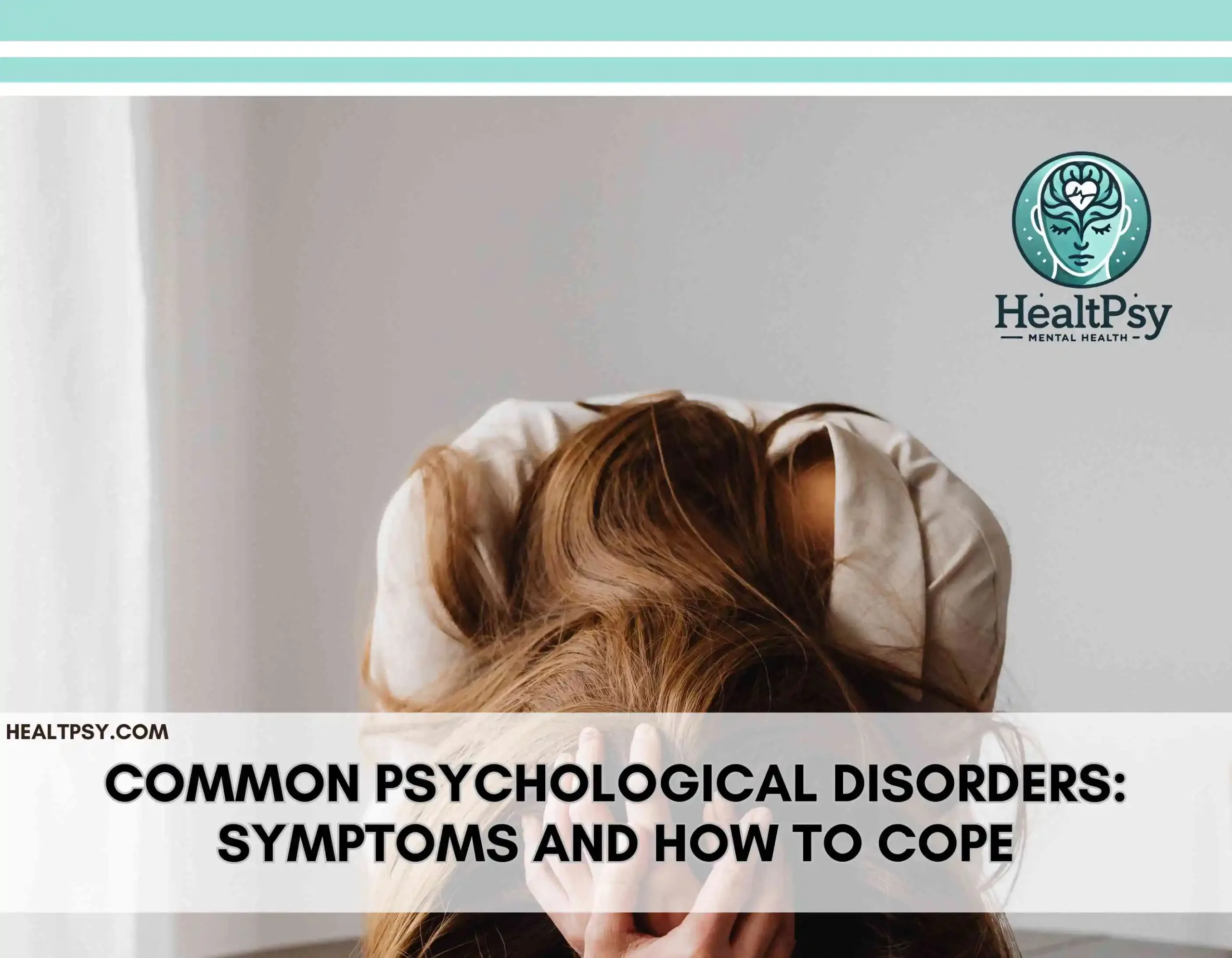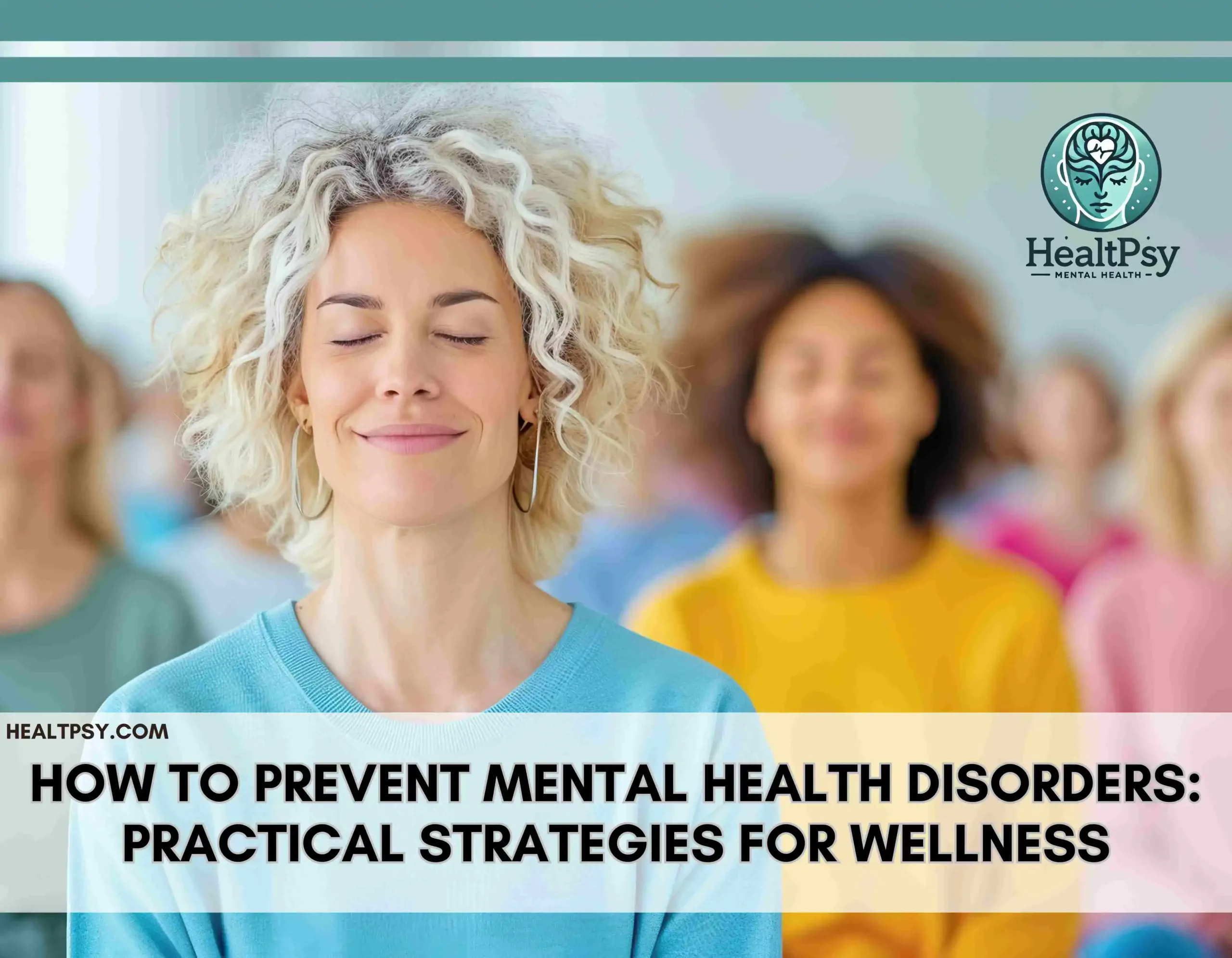5 Powerful Differences Between Normal Anxiety and Pathological Anxiety
Introduction
Anxiety is a common part of life. Whether you’re preparing for a big presentation, going on a first date, or awaiting medical results, it’s natural to feel tense, alert, or even fearful. These feelings fall under what’s called normal anxiety. But when anxiety becomes persistent, excessive, and interferes with your ability to function, it may be something more serious: pathological anxiety.
Understanding the difference between normal and pathological anxiety is essential for mental well-being. In this article, we’ll explore their key traits, causes, and effects, and highlight 5 powerful differences that can help you recognize when it’s time to seek help.
What Is Normal Anxiety?
Normal anxiety is a short-term response to a specific stressor. It’s the mind and body’s way of preparing to face a challenge or escape danger. It can be beneficial—helping you stay alert, focused, and motivated.
Common Features of Normal Anxiety:
-
Temporary and situation-based
-
Triggered by identifiable causes
-
Improves performance in moderate levels
-
Fades once the event passes
-
Doesn’t impair daily functioning
Example: Emma has a job interview tomorrow. She feels nervous, her heart beats a little faster, and she reviews her notes. After the interview, she feels relieved and returns to her normal routine.
This is a healthy and expected reaction.
What Is Pathological Anxiety?
Pathological anxiety is different. It goes beyond temporary worry and becomes a chronic state of excessive fear and dread. It may occur without clear triggers and can disrupt one’s ability to lead a normal life.
Common Features of Pathological Anxiety:
-
Long-lasting and persistent
-
Often not tied to any clear threat
-
Feels uncontrollable or overwhelming
-
Interferes with sleep, work, or relationships
-
Accompanied by physical symptoms like fatigue, headaches, and muscle tension
Examples of Disorders:
-
Generalized Anxiety Disorder (GAD) – constant, excessive worry about everyday things
-
Panic Disorder – sudden, intense fear with physical symptoms like chest pain and shortness of breath
-
Social Anxiety Disorder – intense fear of social situations and being judged
According to the National Institute of Mental Health, over 30% of U.S. adults will experience an anxiety disorder at some point in their lives.
5 Powerful Differences Between Normal and Pathological Anxiety
| Difference | Normal Anxiety | Pathological Anxiety |
|---|---|---|
| 1. Duration | Short-term | Chronic and long-lasting |
| 2. Triggers | Clear and specific | Often unclear or irrational |
| 3. Intensity | Mild to moderate | Severe and overwhelming |
| 4. Impact on Life | Temporary discomfort | Significant life impairment |
| 5. Coping | Resolved naturally | Requires professional support |
These differences are crucial. Misjudging pathological anxiety as just “stress” can delay treatment and lead to worsening symptoms.
Causes and Risk Factors
What causes normal anxiety?
-
Upcoming exams, public speaking, deadlines
-
New situations or environments
-
Financial pressure or conflicts
Risk factors for pathological anxiety:
-
Genetics and family history
-
Imbalance in brain chemicals (serotonin, GABA)
-
Past trauma or abuse
-
Chronic stress
-
Personality traits like perfectionism
-
Coexisting conditions like depression or substance use
A JAMA Psychiatry study shows that adverse childhood experiences (ACEs) significantly raise the risk for anxiety disorders.
When Should You Seek Help?
It’s normal to feel anxious now and then. But professional support may be necessary if:
-
Anxiety is present most days for more than six months
-
You avoid social or professional settings
-
You experience panic attacks
-
Your sleep, appetite, or concentration is affected
-
You’re relying on substances to cope
Effective treatments include:
-
Cognitive Behavioral Therapy (CBT): Helps identify and change negative thought patterns.
-
Medication: SSRIs or benzodiazepines under medical supervision.
-
Lifestyle interventions: Exercise, mindfulness, journaling, and adequate sleep.
-
Social support: Talking with trusted friends or joining support groups.
Real-Life Stories
Case 1: Normal Anxiety – Alex
Alex is preparing to move to a new city. He feels anxious about starting a new job and meeting new people. He talks to friends, makes a checklist, and gradually adjusts. His anxiety fades within weeks.
Case 2: Pathological Anxiety – Layla
Layla constantly worries about her family’s safety, checks locks dozens of times, and avoids going out. Her sleep is disturbed and she feels exhausted daily. She’s diagnosed with OCD and starts CBT.
These two stories reflect how different normal and pathological anxiety can be—both in experience and in resolution.
Internal Resources to Learn More
Here are articles from healtpsy.com that can help you dive deeper:
Tips for Managing Anxiety (Normal or Pathological)
Even if you’re not diagnosed with a disorder, these tips can help you maintain emotional balance:
-
Practice deep breathing for 5–10 minutes daily.
-
Try mindfulness or meditation apps like Headspace or Calm.
-
Limit caffeine and alcohol.
-
Maintain a consistent sleep schedule.
-
Set realistic goals and break tasks into smaller steps.
-
Avoid isolation—connect with others regularly.
If your symptoms persist, don’t hesitate to consult a therapist or psychologist.
Final Thoughts
Normal anxiety helps you stay alert and responsive. It’s part of life.
But pathological anxiety can steal your peace and limit your potential. The good news is that it’s treatable—with the right support, education, and tools.
If you suspect your anxiety is more than just nerves, reach out. Awareness is the first step toward healing.
Conclusion
Understanding the 5 powerful differences between normal anxiety and pathological anxiety helps you recognize when to seek support. While normal anxiety is natural, pathological anxiety requires attention. Recovery is possible with timely intervention and proper care.
you might also like




